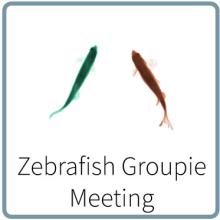Upcoming Events!
Past Events








Hi All,
Please save the date for our next NeuroDinner!
When: 6pm, Wednesday June 7th
Where...
Hi All,
Please save the date for our next NeuroDinner!
When: 6pm, Wednesday June 7th
Where: Gratitude Brewing, 540 E. 8th (formerly Sam Bond's Brewing, across from the Federal Bldg)
NeuroDinner is for the entire ION community, friends, and family. Lots of good food provided by Bill & Tim's, lots of excellent beverages provided by Gratitude Brewing (including plenty of non-alcholic options), and lots of great conversation with your fellow neuroscientists.
The theme will be "Psychedelic research in ION," featuring 3 short talks from trainees in 3 different labs studying the effects of DOI (a 5HT2A
hallucinogen) on neural activity and behavior in mice.
See you there,
-Mike

